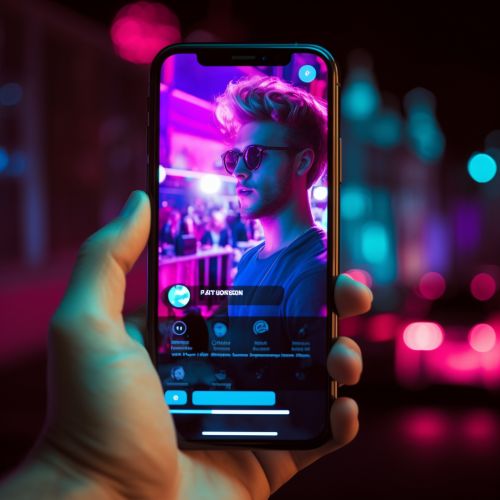Video Sharing
Introduction
Video sharing is the process of distributing digital video content via the internet. It is a key component of modern Internet culture, enabling users to upload, share, and view videos on a global scale. The rise of video sharing platforms has revolutionized the way we consume media, providing a platform for user-generated content, social interaction, and educational resources.
History
The history of video sharing dates back to the early days of the internet. However, it was not until the advent of broadband internet that video sharing became a widespread phenomenon. The first video sharing site, ShareYourWorld.com, was launched in 1997, but it was not until the launch of YouTube in 2005 that video sharing truly took off.
Technology
Video sharing platforms rely on a range of technologies to facilitate the upload, storage, and streaming of digital video content. These include video compression algorithms, content delivery networks (CDNs), and streaming protocols such as HTTP Live Streaming (HLS) and Dynamic Adaptive Streaming over HTTP (DASH).
Platforms
There are numerous video sharing platforms available today, each with its own unique features and user base. These include YouTube, Vimeo, Dailymotion, and TikTok, among others. These platforms vary in terms of content policies, monetization options, and community guidelines.
Content
Video sharing platforms host a wide variety of content, ranging from user-generated videos to professionally produced content. This includes music videos, vlogs, tutorials, documentaries, and more. The democratization of video production and distribution has led to an explosion of creative content, with millions of videos being uploaded every day.
Monetization
Monetization is a critical aspect of video sharing platforms. This is typically achieved through advertising revenue, subscription fees, or a combination of both. Content creators can also earn revenue through sponsorships, merchandise sales, and crowdfunding.
Impact
The impact of video sharing on society and culture cannot be overstated. It has democratized media production and consumption, enabled new forms of artistic expression, and transformed the way we learn and communicate. However, it has also raised concerns about issues such as copyright infringement, privacy, and the spread of misinformation.
Future Trends
The future of video sharing is likely to be shaped by advances in technology and shifts in consumer behavior. This includes the rise of virtual reality (VR) and augmented reality (AR), the increasing popularity of live streaming, and the growing importance of mobile video.


